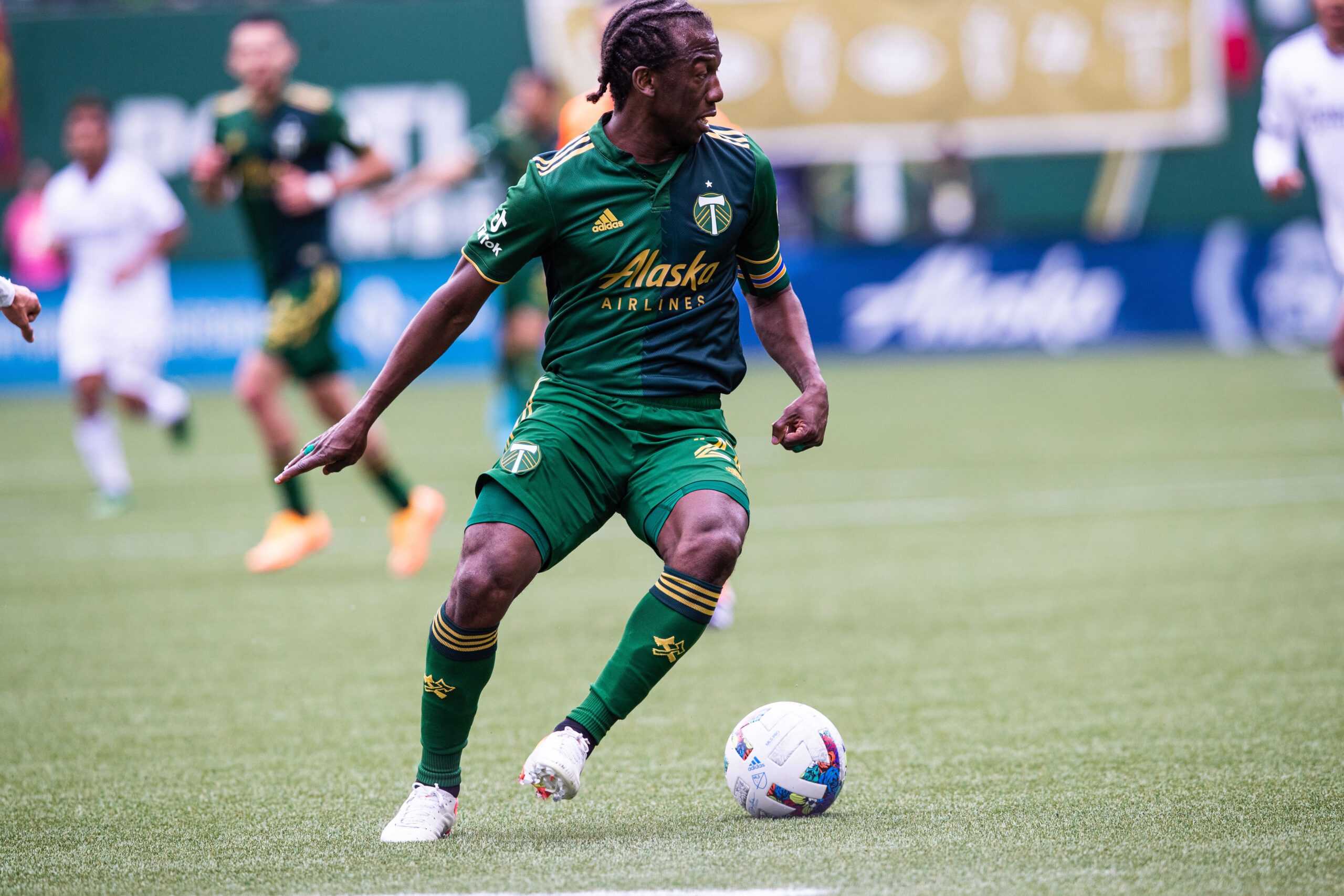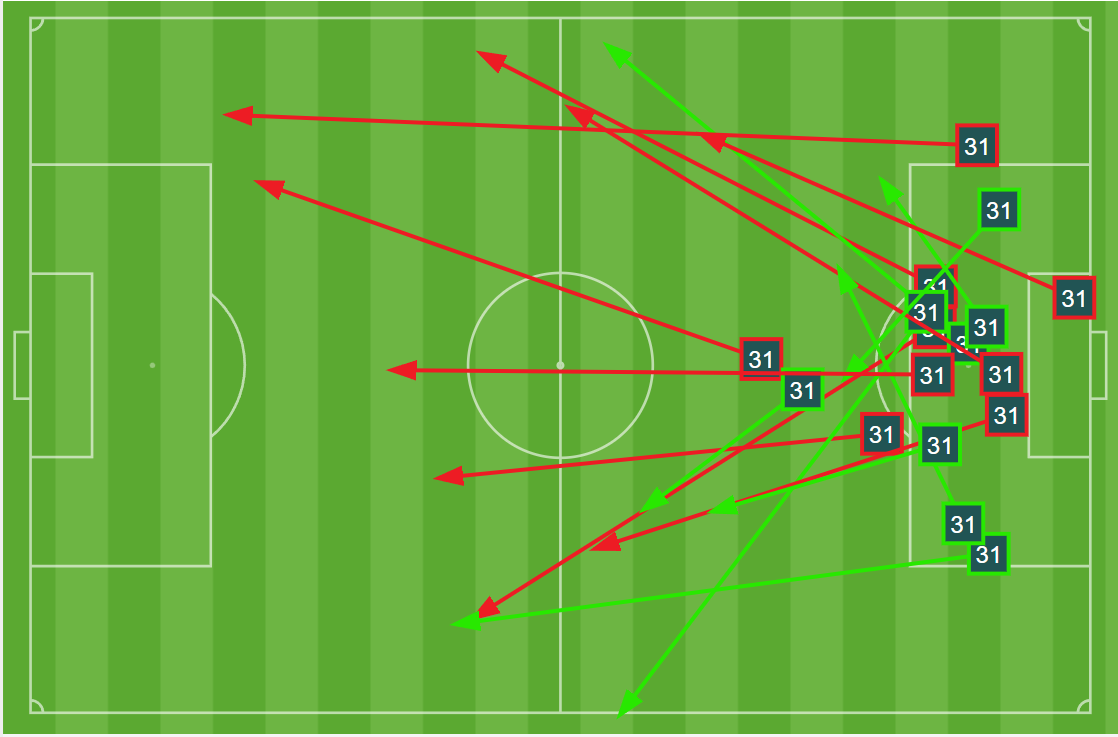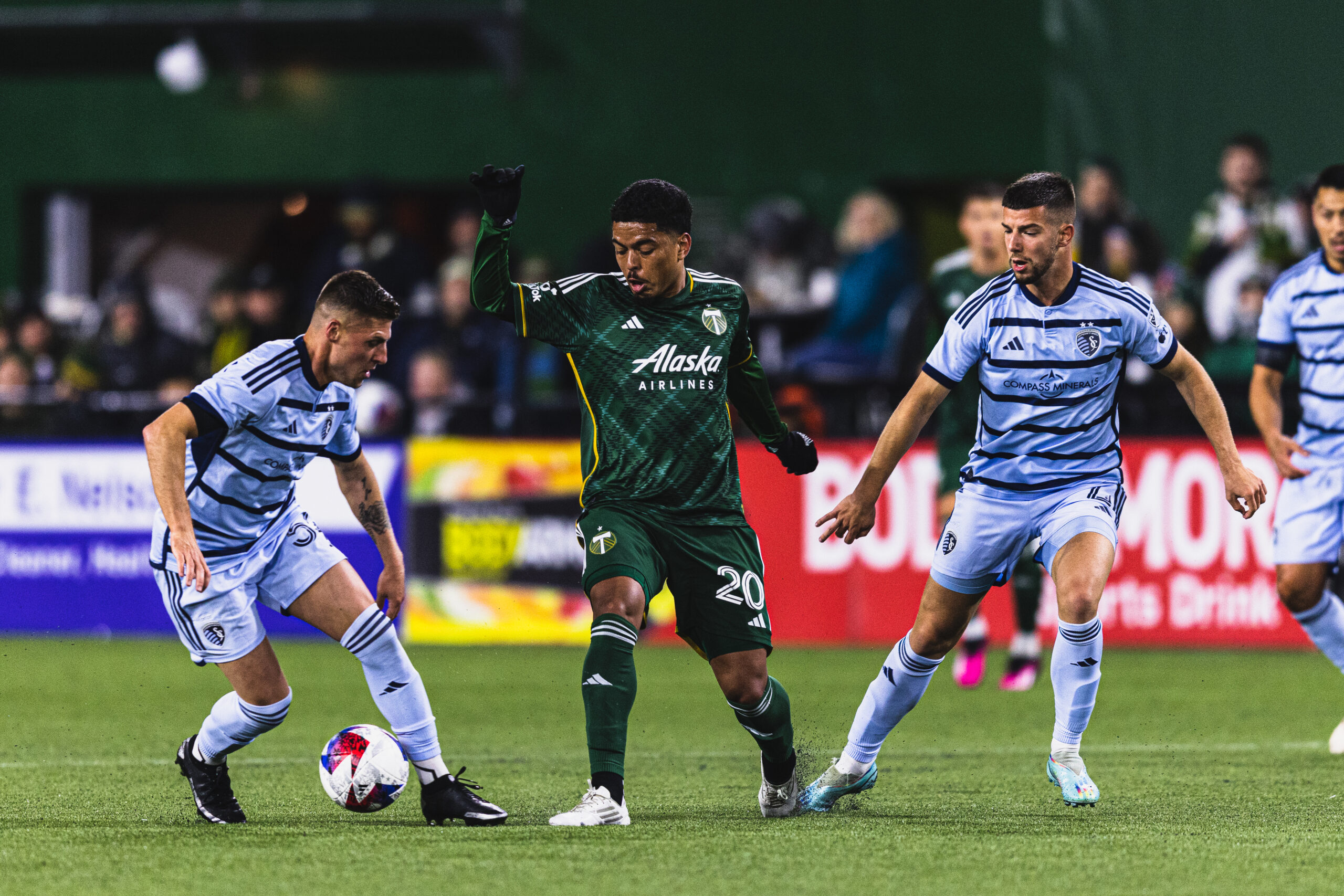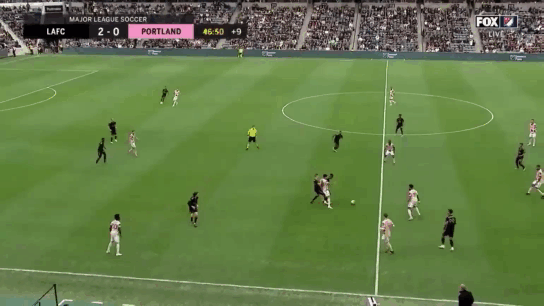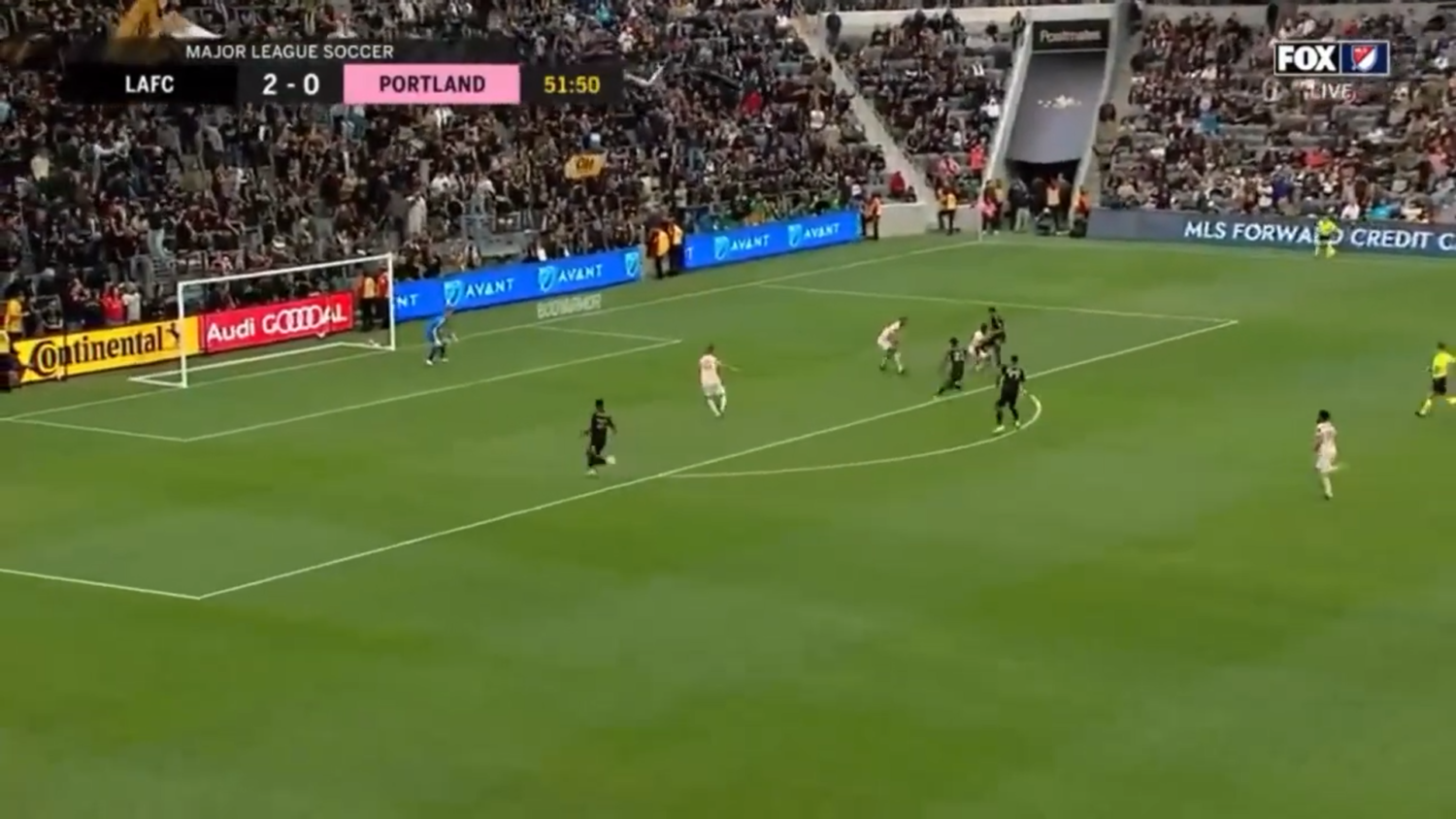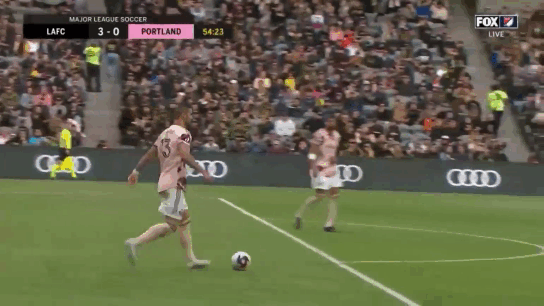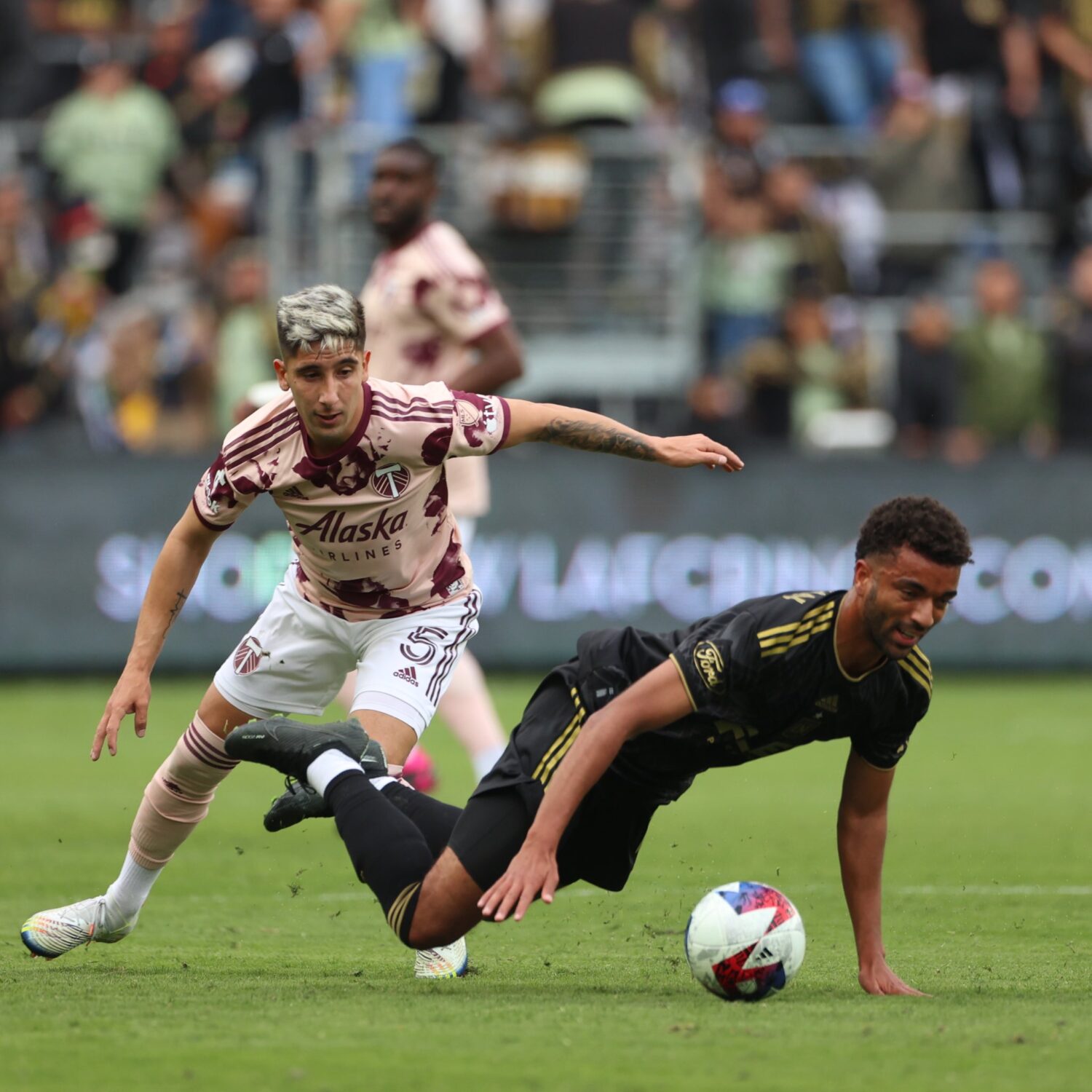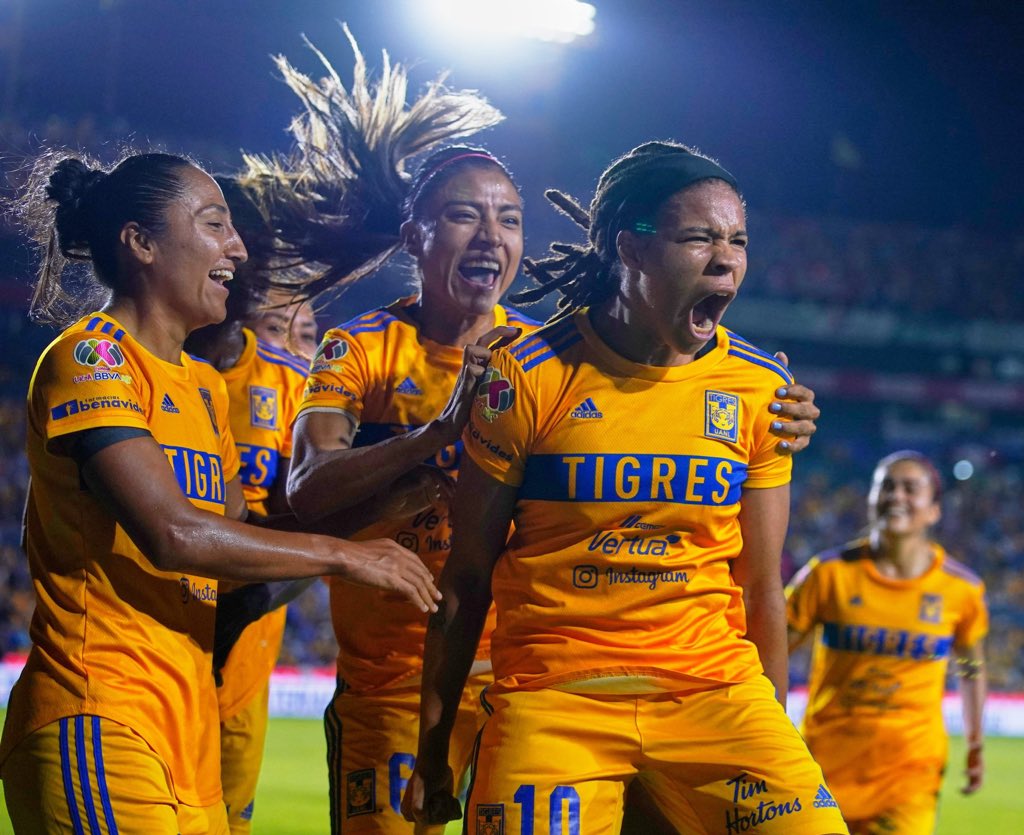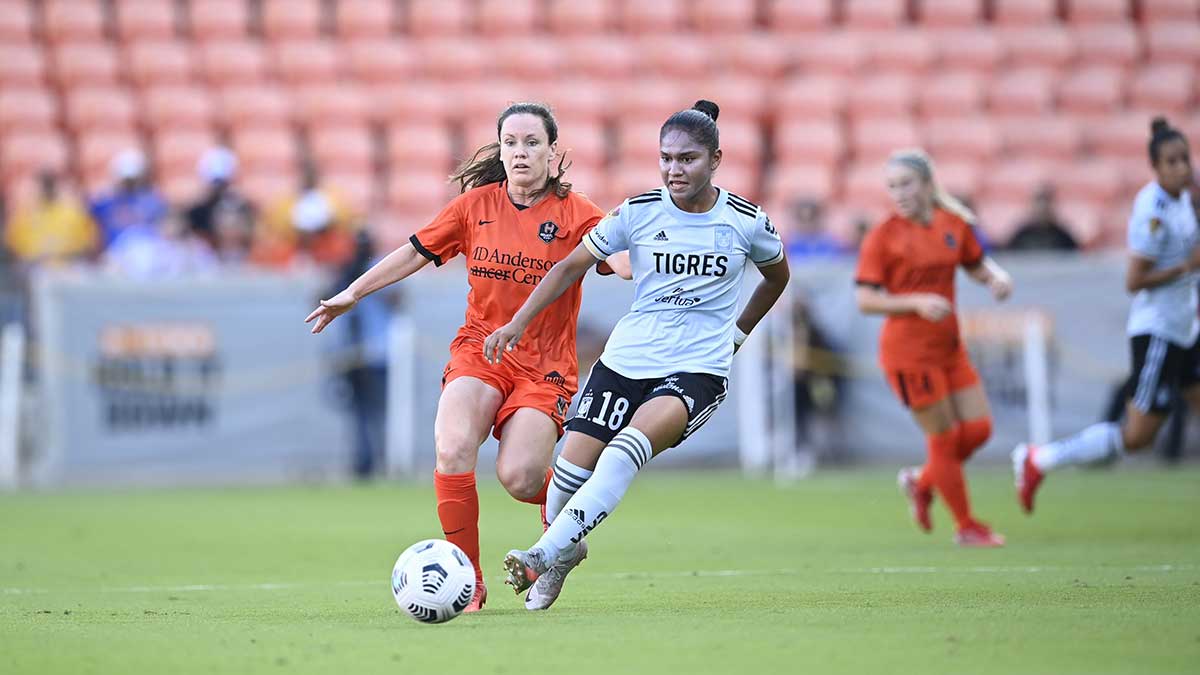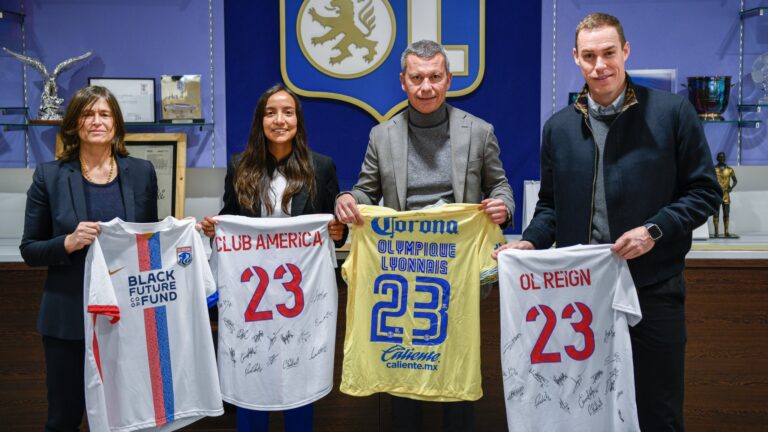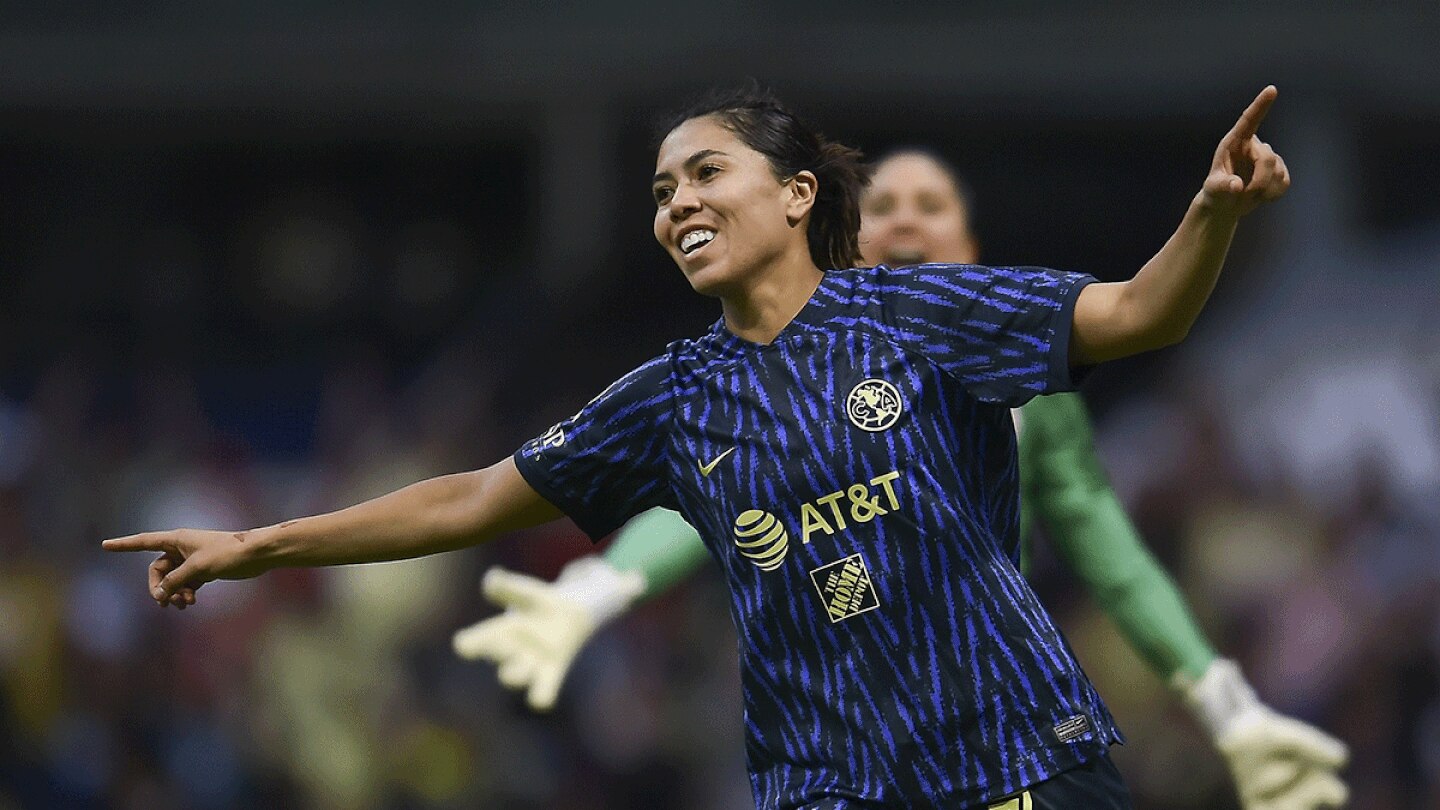After playing in the U.S. Open Cup during the week, the Timbers hit the road again Saturday to play against St. Louis. It seems like Portland is not afraid to go against tough teams this year; they beat the first and second clubs in the Western Conference table during April, starting with Seattle and finishing with St. Louis.
This win by Portland was special for the Western Conference, since the Timbers were the only team from it to win in week 10 of MLS play.
Even though both teams didn’t show much in the attack, the visitors were the ones who dominated the ball in the first part of the first half. It was a little weird to see, since most of the time, the Timbers are used to playing off the ball and making counterattacks.
By the end of the first half, all stats were pretty even, but Portland was slightly stronger than St. Louis in the final third.
Despite the Timbers’ decent half, they suffered a big blow when David Ayala got injured at the 19′ mark. The midfielder was marking Eduard Löwen when he hurt his knee, trying to close Löwen’s passing lanes near the box. The Argentinian had to leave the field on a stretcher.
Christian Paredes, the super sub
Although Ayala’s injury was awful to witness, it was nice to see the game Christian Paredes had. He subbed in in the 21st minute for Ayala, and he started to win aerial duels and create chances right from the start.
Paredes’ second half was even better. He was the player with the most chances created with five. Too bad Portland couldn’t convert more of them.
Besides chances created, Paredes was good in duels. He won seven total—the second-most second on the team.
Who was the first in this department?
Santiago Moreno, the unsung hero
Santiago Moreno finished the match with a total of 12 duels won. The Colombian had another game good game, contributing to both Timbers’ goals. In the first one, he sent this (below) great ball to Franck Boli. The forward couldn’t convert, but the play led to the penalty kick that gave Portland the lead.
Not only that, Moreno he held the ball and left three defenders behind in the look that led to Yimmi Chará’s winning goal:
Defensively, Moreno contributed with five tackles, the most of any player on the team. He was also strong in aerial duels with four. (The only Timber who won more aerial duels than him was Zac McGraw with five.)
Moreno has been instrumental all this time for the team, but for some reason, he hasn’t been recognized as much as he should.
Someone who has indeed been watched and under the microscope, on the other hand, is been Portland’s midfielder Evander.
Evander gets included in the MLS week’s best XI
The Brazilian has been trying to adapt to a new team in a new league this season. That is without mentioning the fact that he has been battling with injuries. It looked like he found some rhythm this week.
Matchday 10 Stars. 🌟 pic.twitter.com/49FdQdBDXM
— Major League Soccer (@MLS) May 1, 2023
In the game against St. Louis, Evander registered seven shots (two on target, four off target, and one blocked) and one goal, the most shots any Timber attempted. Besides that, he created one chance and was second in the team in interceptions with three, after McGraw.
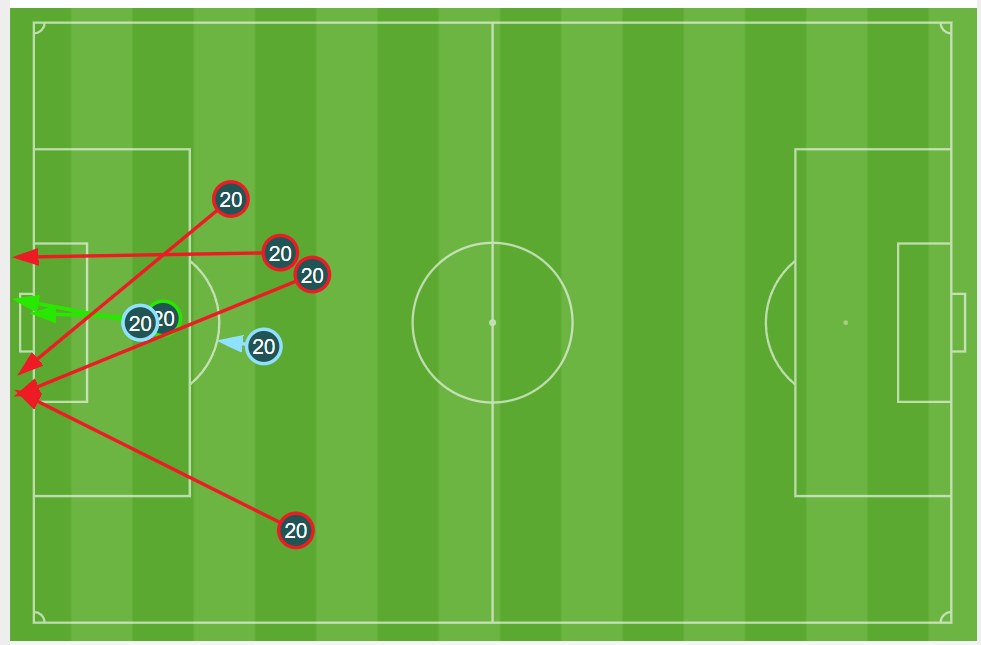
“I think he has adapted to the change and MLS very well,” Y. Chará said. “I think he will be an important player to us, especially this season. He has a lot of calmness that helps out in the team and will be able to help us out on the field.”
Evander had a good week. Even though he’s coming back from injury, and defense is not really part of his job description, it will be important for him to be better positioned while trying to mark inside the box.
The Timbers cannot afford the luxury of not being smart in defense. Unfortunately, St. Louis’ only goal scored showed exactly that—not only from Evander while he tried to mark Tomáš Ostrák but from the rest of the team, who left space for Célio Pompeu to score.
Célio Pompeu off the bench finds the equalizer.
A great team move and the substitute makes it 1-1. #AllforCITY pic.twitter.com/eqiExpwsm1
— Major League Soccer (@MLS) April 30, 2023
Welcome back, Yimmi Chará
The Timbers are getting their starters back little-by-little. This game marked the return of the younger Chará: Yimmi.
The Colombian entered the game in the 64th minute and made all the difference in the 82nd, when he finished with a low diagonal shot to score the winning goal.
Just like that, Yimmi Chara makes it 2-1.#RCTID take the lead right back in St. Louis. pic.twitter.com/iHVs8xud92
— Major League Soccer (@MLS) April 30, 2023
It was promising to see Chará making an impact the very same day he came back to the field.
“I think it’s really nice to come back from the injury,” Chará said. “I have a really nice feeling from being back on the field with the team, scoring a goal, and leaving with three points.”
What the coach said
After the match, head coach Gio Savarese summed up pretty well how the season has been so far and how the game went.
“It hasn’t been easy to have so many injuries and trying to keep the team engaged,” he said. “Credit to the players because anyone I put on the field will put up a good fight, is going to be in a lot of work, and everyone has to believe to keep the Portland Timbers stay competitive. So credit to the players for going through all that difficult time.
“We have been close in all matches except the Atlanta second half,” he said. “I think today, with the mature performance we put in, with guys coming back, that can make a difference. With this maturity, we can get good results like we had today. St. Louis is difficult to play against. They are always high-energy. Today was a good day to get a win away from home.”

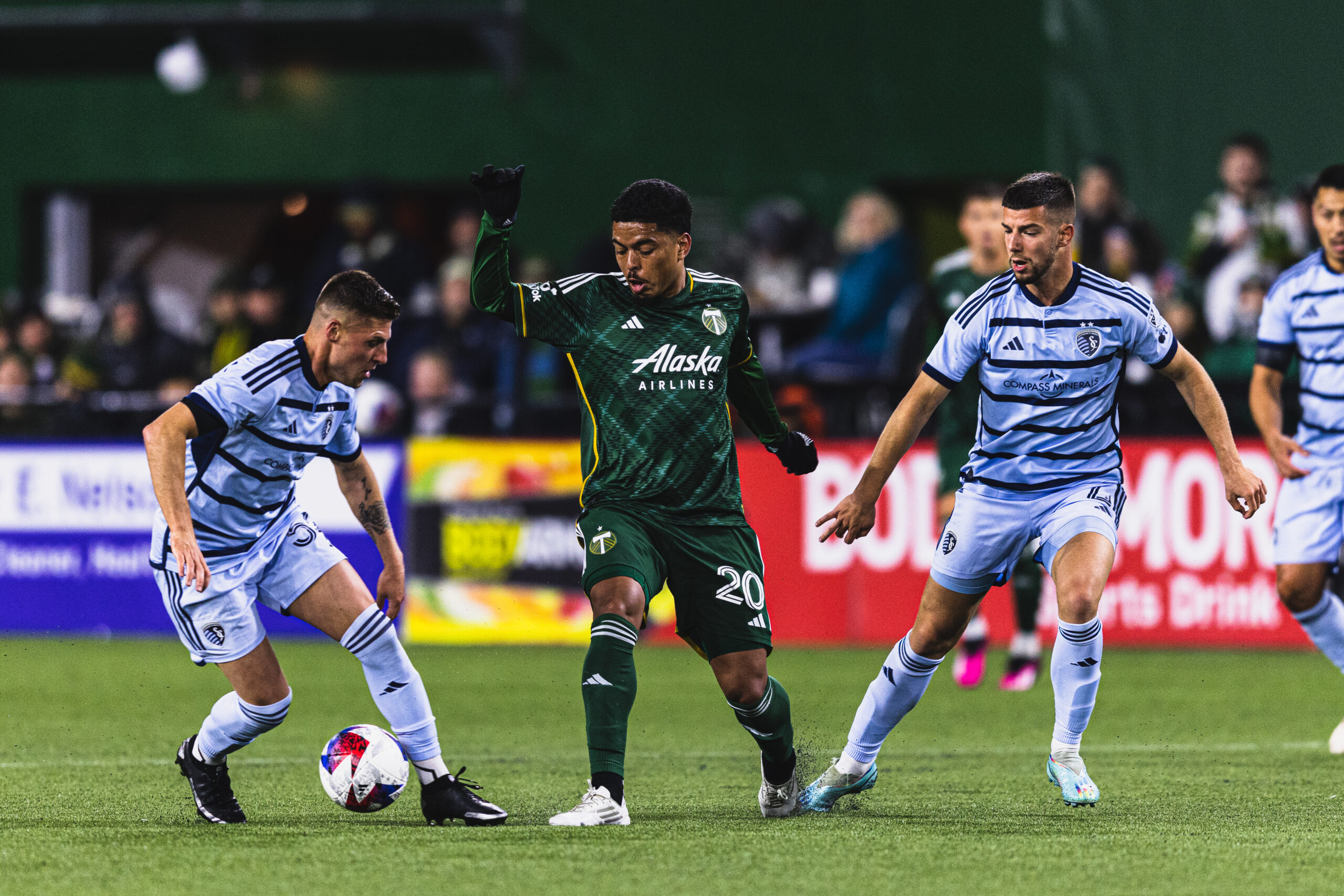
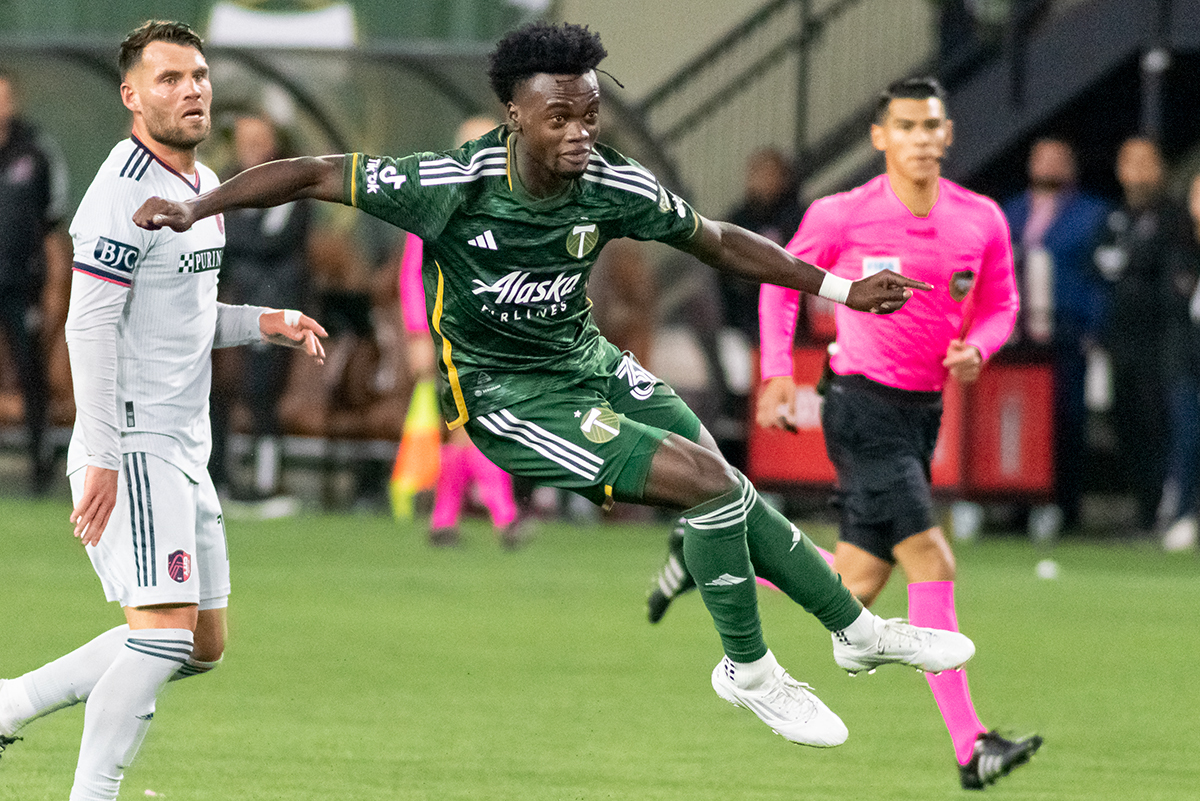
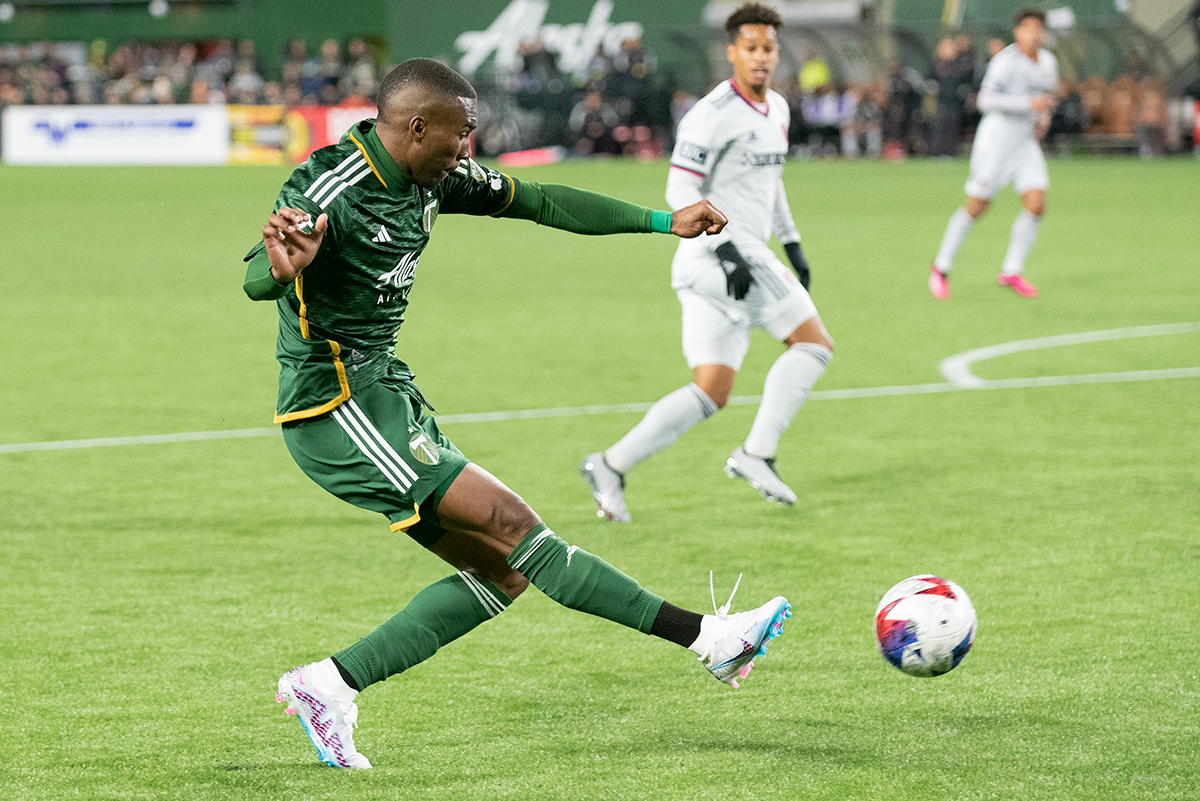

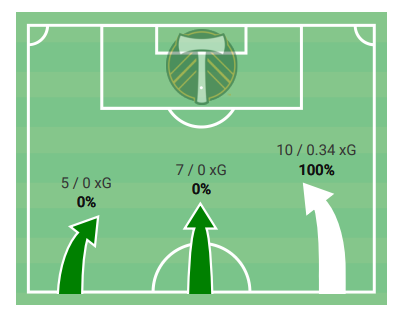
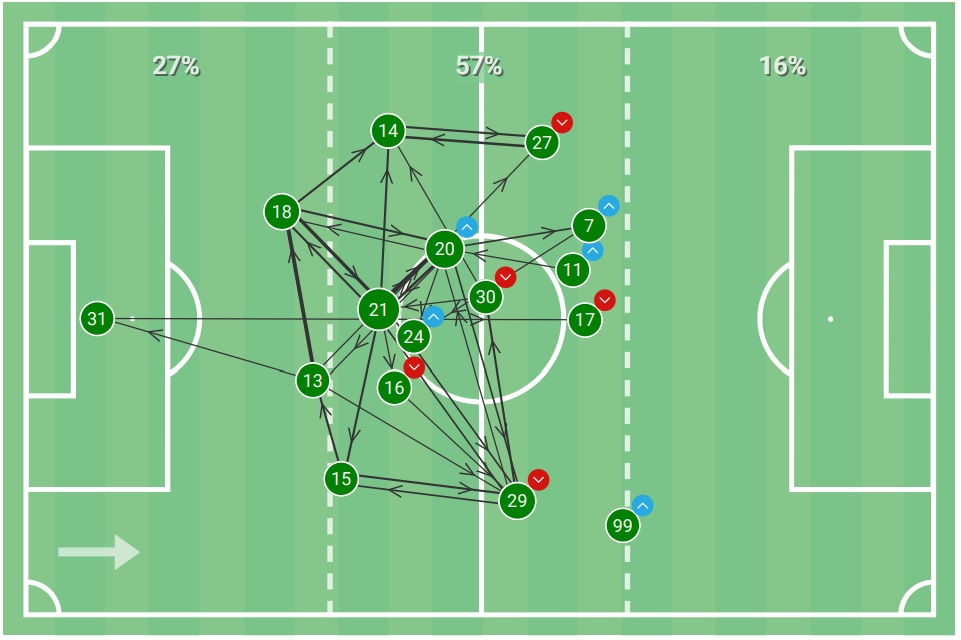
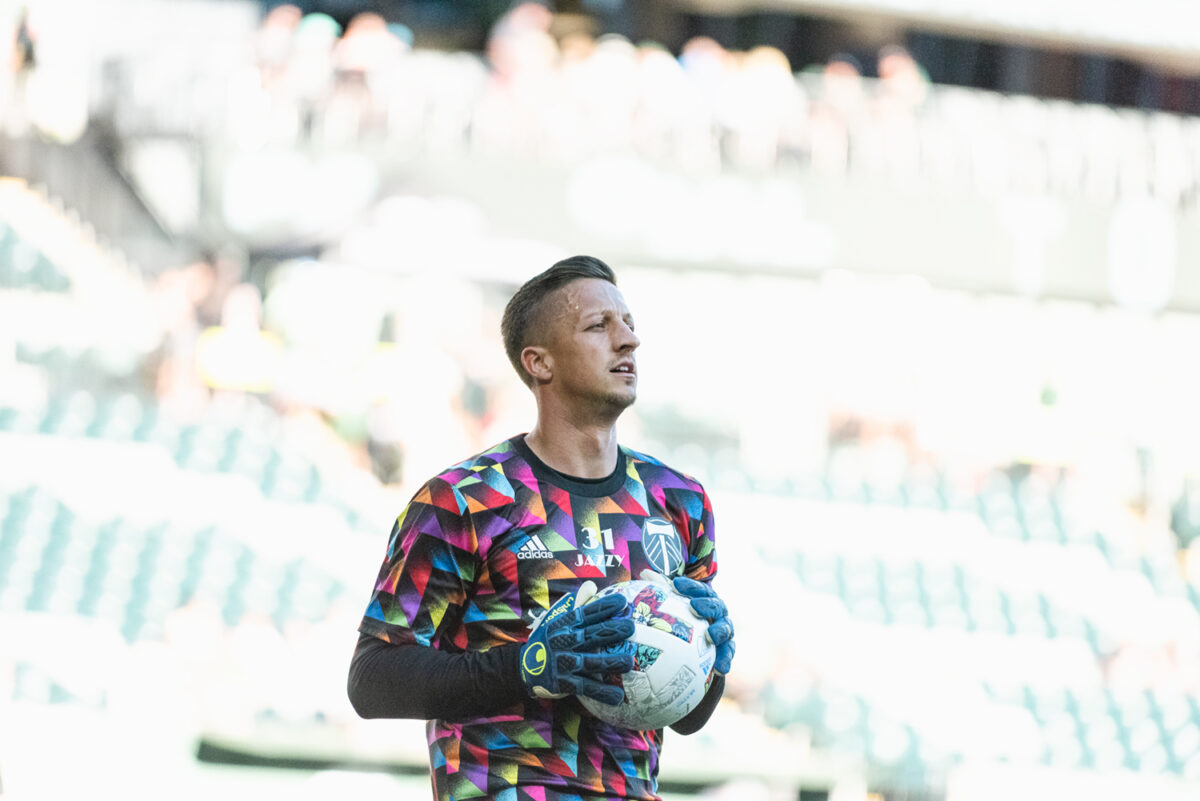
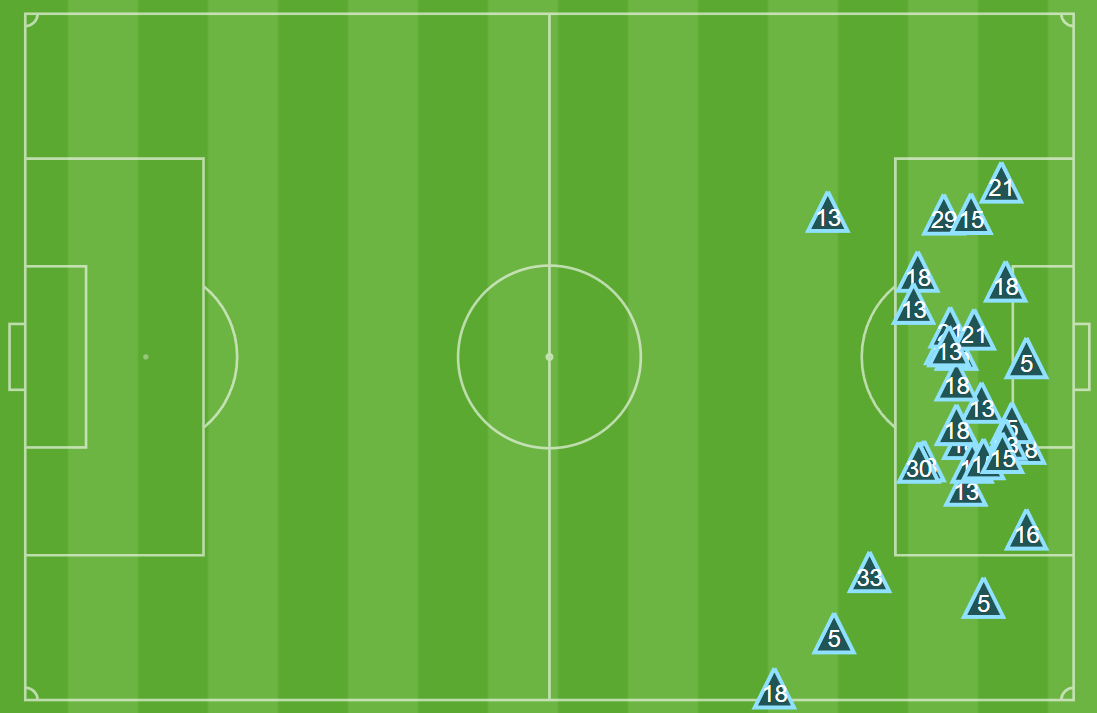
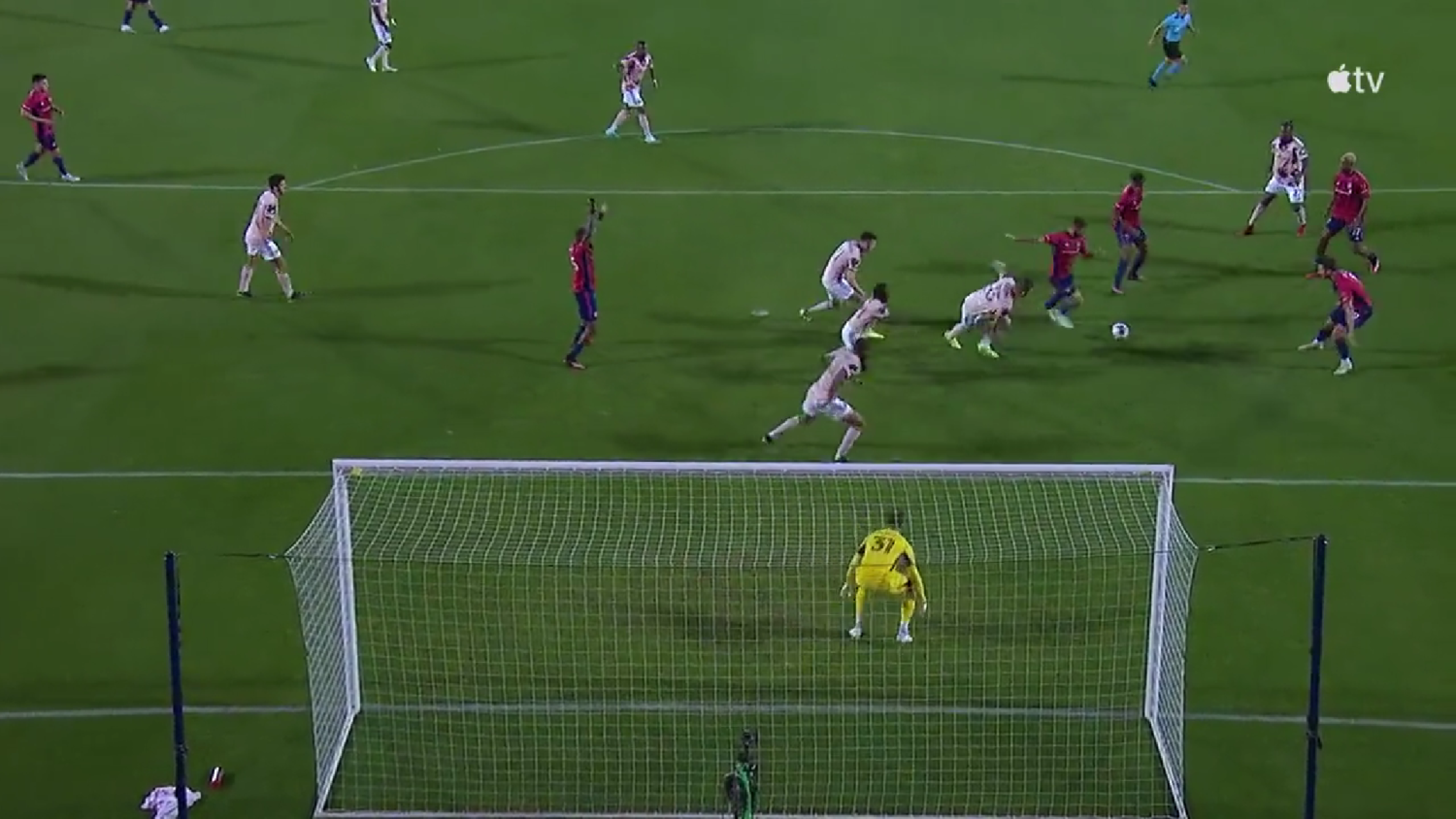
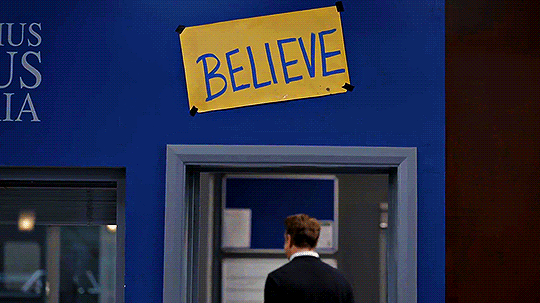
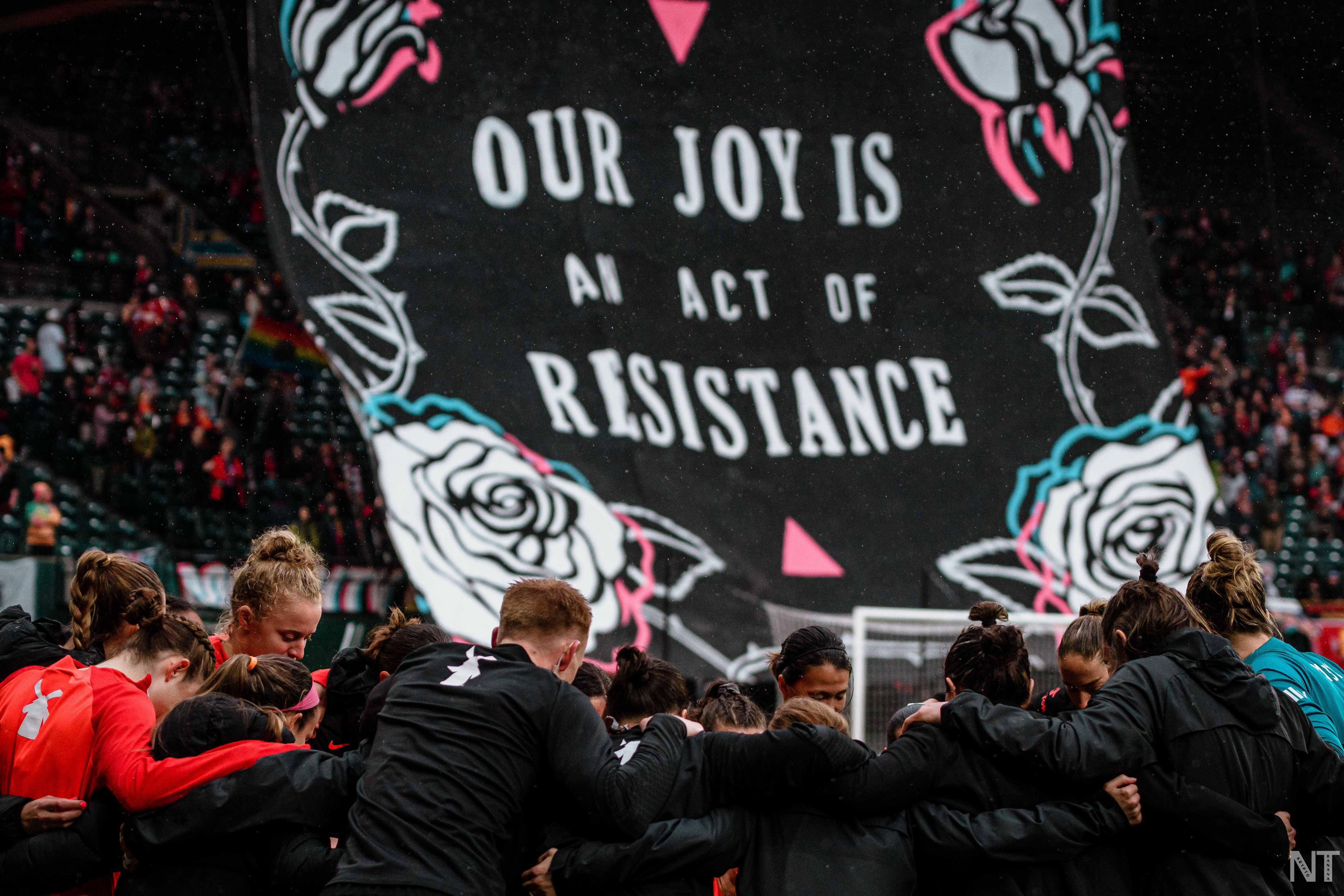
 Unlock with Patreon
Unlock with Patreon